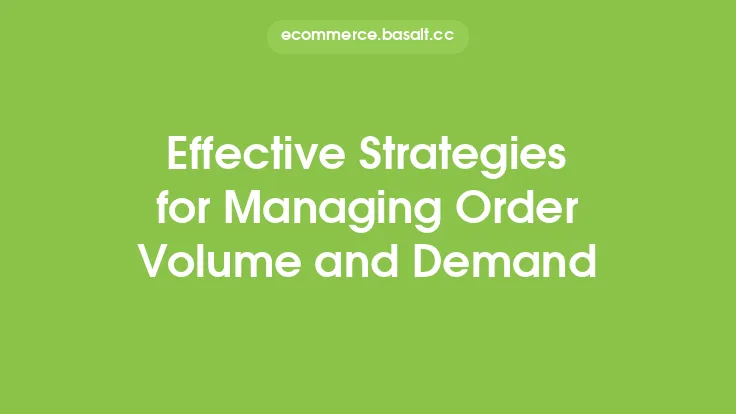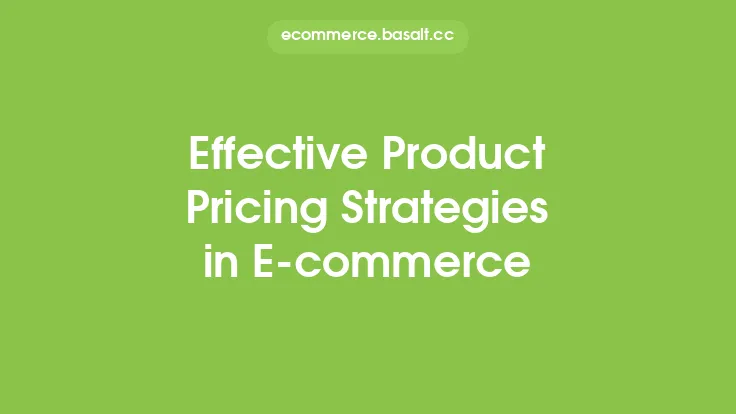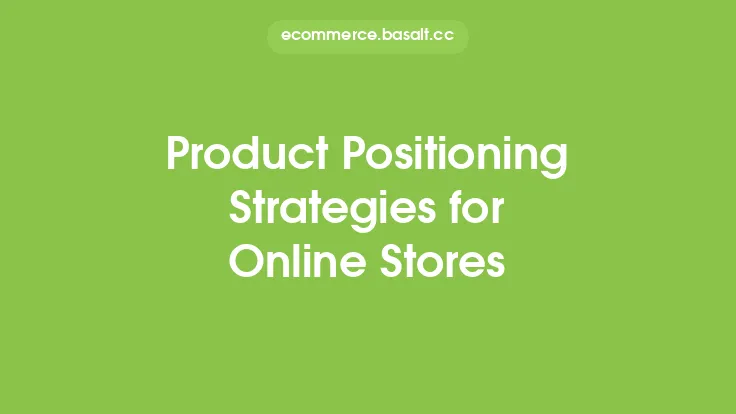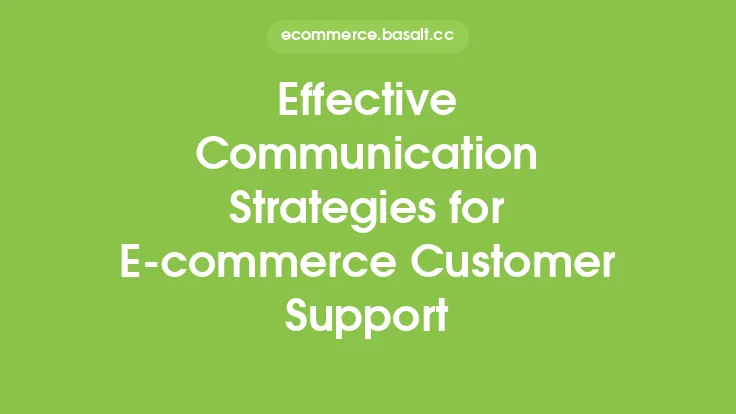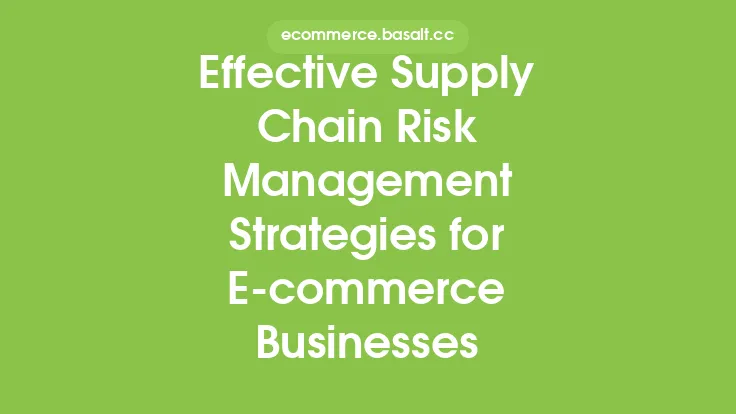When it comes to running a successful e-commerce store, organization is key. A well-organized store not only improves the user experience but also increases efficiency, reduces costs, and boosts sales. In this article, we will explore the importance of store organization and provide effective strategies for optimizing your store's layout, inventory, and operations.
Understanding the Importance of Store Organization
Store organization is crucial for e-commerce businesses as it directly impacts the customer's shopping experience. A cluttered and disorganized store can lead to frustrated customers, abandoned carts, and lost sales. On the other hand, a well-organized store makes it easy for customers to find what they are looking for, resulting in increased conversions and customer satisfaction. Moreover, a organized store also helps store owners to manage their inventory, track sales, and make data-driven decisions.
Categorization and Product Grouping
One of the most effective store organization strategies is categorization and product grouping. This involves grouping similar products together, making it easy for customers to find related items. For example, if you sell clothing, you can categorize products by type (e.g., tops, bottoms, dresses), occasion (e.g., formal, casual), or demographic (e.g., men, women, kids). This helps customers to quickly find what they are looking for and also enables store owners to analyze sales data by category.
Inventory Management
Inventory management is another critical aspect of store organization. This involves tracking stock levels, monitoring product availability, and optimizing inventory levels to meet demand. Effective inventory management helps to prevent stockouts, overstocking, and dead stock, resulting in reduced costs and improved customer satisfaction. Store owners can use inventory management software to track stock levels, automate reordering, and receive alerts when products are running low.
Product Information Management
Product information management (PIM) is the process of managing and maintaining accurate and up-to-date product information. This includes product descriptions, images, prices, and specifications. A well-organized PIM system helps store owners to ensure consistency across all sales channels, reduce errors, and improve customer trust. Store owners can use PIM software to centralize product information, automate data updates, and syndicate data to multiple channels.
Store Layout and Design
The store layout and design also play a crucial role in store organization. A well-designed store layout should be easy to navigate, visually appealing, and optimized for conversions. Store owners can use techniques such as heat mapping, A/B testing, and user experience (UX) design to optimize their store's layout and design. This includes placing high-demand products in prominent positions, using clear and concise product information, and minimizing clutter and distractions.
Search and Filtering
Search and filtering are essential features of a well-organized store. Customers should be able to quickly find products using search keywords, filters, and sorting options. Store owners can use search engine optimization (SEO) techniques to improve search rankings, use faceted search to enable filtering by attributes, and provide sorting options such as price, brand, and rating.
Analytics and Performance Monitoring
Finally, store owners should use analytics and performance monitoring tools to track their store's performance, identify areas for improvement, and measure the effectiveness of their organization strategies. This includes tracking key performance indicators (KPIs) such as sales, conversions, and customer satisfaction, analyzing customer behavior and preferences, and using data to inform product development, marketing, and optimization decisions.
Best Practices for Store Organization
To achieve effective store organization, store owners should follow best practices such as:
- Keeping product information up-to-date and accurate
- Using clear and concise product descriptions and images
- Organizing products into logical categories and subcategories
- Providing easy-to-use search and filtering options
- Optimizing store layout and design for conversions
- Using inventory management software to track stock levels and automate reordering
- Analyzing sales data and customer behavior to inform product development and marketing decisions
By following these strategies and best practices, store owners can create a well-organized store that improves the customer experience, increases efficiency, and boosts sales. Remember, store organization is an ongoing process that requires continuous monitoring, analysis, and optimization to ensure long-term success.
